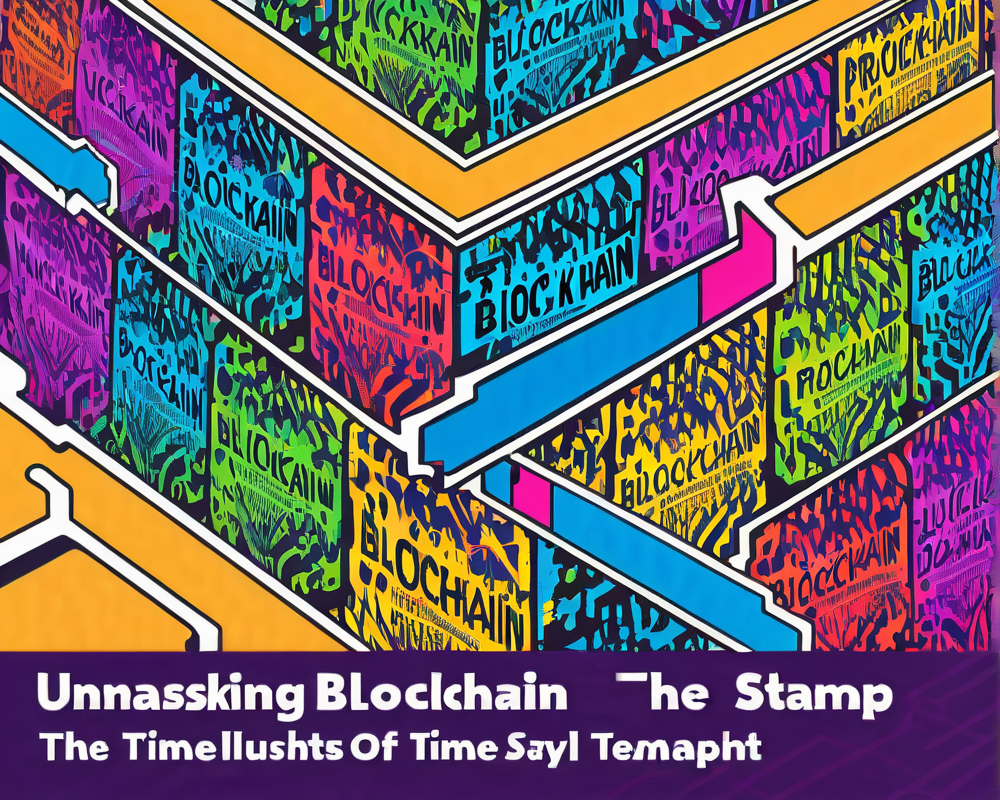Peeking Behind the Curtain
In the world of magic, as any carnival conjuror will tell you, once you learn how the trick is done, the wonder evaporates faster than a rabbit out of a hat. Keeping audiences entranced is tough, but today we’re diving into a subject that has everyone buzzing: Blockchain. Sounds magical, right? But before we get swept away by the hype, let’s shed some light on the technical realities behind this so-called ‘digital sorcery.’
Blockchain’s Broadway Show: The Timestamp Fiasco
Picture this: the illustrious Bitcoin Blockchain—a series of blocks that dance to the rhythm of time stamps. But hold your applause, because not all is as it seems. A quick look at the block timestamps from 145044 to 145048 reveals a less-than-glamorous story. Instead of a smooth crescendo of moments flowing forward in harmony, we see timestamps pulling off some acrobatic backflips:
- 145044: 2011-09-12 15:46:39
- 145045: 2011-09-12 16:05:07
- 145046: 2011-09-12 16:00:05 (Oops! A time out of sequence!)
- 145047: 2011-09-12 15:53:36 (Twenty minutes late to the party?)
- 145048: 2011-09-12 16:04:06 (Who invited this confusion?)
Clearly, not all timestamps in the Blockchain are as reliable as grandma’s watch. When you uncover the truth, the sparkle starts to dim.
Why Doesn’t Time Always Play Nice?
As with any juicy magic trick, the reveal lies in understanding the mechanics. The Bitcoin system lacks a global clock, which plays tricks on those naïve enough to believe in its perfect timekeeping. According to the Bitcoin wiki, a timestamp gets the green light if:
- It is greater than the median timestamp of the previous 11 blocks.
- It is less than the network-adjusted time + 2 hours.
So there’s no guarantee your timestamp’s a trustworthy timekeeper—it wears the “I might be right” badge instead.
Chasing the Shadows: The Dark Side of Timestamps
Ah, but the plot thickens! Some rogue miners might dabble in the dark arts of timestamp manipulation. Why? Because they want the rewards, of course! By submitting deceiving timestamps, they can pretend the network is weaker than it actually is, making it easier to solve those pesky cryptographic puzzles and rake in the rewards. Crime might not pay, but in the Blockchain world, it can sure seem tempting!
Time: More Than Just Numbers on a Screen
Let’s take a philosophical detour, shall we? Time is not just an abstraction; it’s tied up in the very fabric of space, thanks to some brainy models from Einstein. And while we don’t need to bottle the laws of physics into our daily scheduling woes, Blockchain enthusiasts might need to remember that precision in timestamping is still a question mark.
The Bottom Line: Taming the Timeless Tech
So, what’s the final act in this drama? Blockchain is a thrilling technological advancement, offering a bounty of applications—notably not in the realm of precision timestamping. It’s a grand illusion, a mix of hype and hope. But while it entertains, we must approach with a critical eye, lest we get hoodwinked by its shiny exterior.




